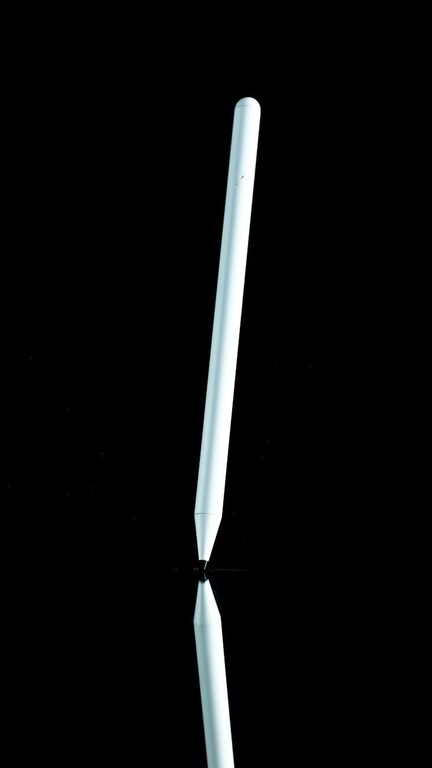Choosing the right notebook might seem like a simple task, but many people struggle to find one they actually enjoy using. Whether you want a place to jot down ideas, plan your day, or journal your thoughts, the perfect notebook should feel like an extension of yourself—not something that ends up collecting dust. In this post, we’ll explore how to select a notebook that matches your habits, goals, and style, ensuring it becomes a helpful companion in your daily life.
Why Choosing the Right Notebook Matters
A good notebook invites you to write. When it suits your preferences and lifestyle, you’re more likely to use it consistently. On the other hand, a notebook that’s too bulky, unpleasant to write in, or poorly organized can quickly lose its charm. Considering your needs before you buy can increase your chances of developing a productive habit.
Step 1: Identify Your Purpose
Before shopping for a notebook, clarify what you want to use it for. Here are some common uses and what they might require:
– Journaling: You might want good-quality paper to accommodate various pens and inks.
– To-do lists and planning: Consider notebooks with pre-printed layouts or bullet journal-friendly pages.
– Creative writing or sketching: Look for large pages and smooth paper that handle different pens well.
– Taking notes at school or work: Portability and durability often take priority.
– Brainstorming and doodling: You might prefer unlined or dot-grid pages for flexibility.
Knowing your primary use helps narrow down the size, paper type, and binding that will work best.
Step 2: Choose the Right Size and Format
Notebooks come in a variety of sizes and formats. Think about where and how you’ll use yours.
Common Sizes
– Pocket (3.5” x 5.5” or smaller): Highly portable, fits in most purses or pockets. Great for quick notes but offers limited writing space.
– A5 (5.8” x 8.3”): Balanced size for portability and enough space for detailed notes or journaling.
– A4 (8.3” x 11.7” or letter size): Large pages perfect for extensive note-taking or sketching but less portable.
Choose a size that fits your lifestyle. If you carry your notebook everywhere, a smaller size may be best. If it stays on your desk most of the time, a larger size might be more comfortable.
Paper Formats
Decide if you prefer:
– Lined pages: Useful for writing and keeping your notes neat.
– Blank pages: Great for drawing, sketching, or freeform note-taking.
– Dot grid pages: Versatile for both writing and sketching, popular with bullet journalers.
– Grid pages: Helpful for technical notes, charts, and diagrams.
Step 3: Consider Paper Quality and Thickness
Paper quality affects writing enjoyment and functionality. Some things to consider include:
– Thickness (measured in gsm): Thicker paper (like 80-120 gsm) reduces ink bleed-through and feels sturdier.
– Smoothness: Smooth paper enables easier pen glide; some prefer a slight texture for more tactile feedback.
– Color: Most notebooks have white or cream paper. Cream reduces glare and can be gentler on the eyes, while white often offers sharper contrast.
If you use fountain pens, markers, or highlighters, prioritize thicker, quality paper to prevent feathering and bleed-through.
Step 4: Binding Style and Durability
The way a notebook is bound affects how easy it is to use:
– Spiral-bound notebooks: Lay flat and allow pages to turn fully, but spiral coils can get bent or catch on things.
– Thread-bound (stitched) notebooks: Often lay flat when open and are durable but do not fold back completely.
– Glue-bound (perfect binding): Looks clean and professional but may not lie flat easily.
– Hardcover vs. Softcover: Hardcovers protect the notebook better and can offer a solid writing surface when no desk is around, whereas softcovers are lighter but less protective.
Consider where and how you’ll use your notebook to decide the best binding option.
Step 5: Extra Features to Look For
Some notebooks come with helpful extras that can enhance your writing experience:
– Page numbers: Great for indexing or bullet journaling.
– Built-in bookmarks: Help you quickly find your current page.
– Expandable pockets: Useful for storing notes, receipts, or stickers.
– Elastic closure bands: Keep the notebook securely closed in your bag.
– Pre-printed sections: Such as calendars, to-do lists, or expense trackers for more organized planning.
Evaluate which extras would genuinely improve your workflow.
Step 6: Find a Style You Enjoy
While function is key, picking a notebook that appeals to you visually can boost motivation.
– Consider colors or patterns that make you smile.
– Look for covers with textures or materials you like, such as leather or fabric.
– Some prefer minimalist designs, others enjoy artistic covers.
The goal is to find a notebook that inspires you to open it regularly.
Step 7: Test It Out
If possible, try before you buy:
– Visit stationery stores and feel the paper.
– Flip through pages to check layout and binding.
– Write a few lines with your preferred pen to see how the paper handles it.
Testing reduces surprises and helps you make an informed decision.
Step 8: Set Realistic Habits
Even the perfect notebook won’t help if you don’t use it consistently. Set a habit by:
– Making it easily accessible—keep it on your desk or in your bag.
– Starting with small, manageable entries.
– Allowing flexibility—your notebook doesn’t have to be perfect or used every day.
Remember, the right notebook is a tool that supports your unique style and needs.
—
Choosing a notebook is sometimes more personal than it seems. By considering your writing habits, style preferences, and practical needs, you’re more likely to invest in one that stays with you and enriches your daily routine. Happy notebook hunting!

